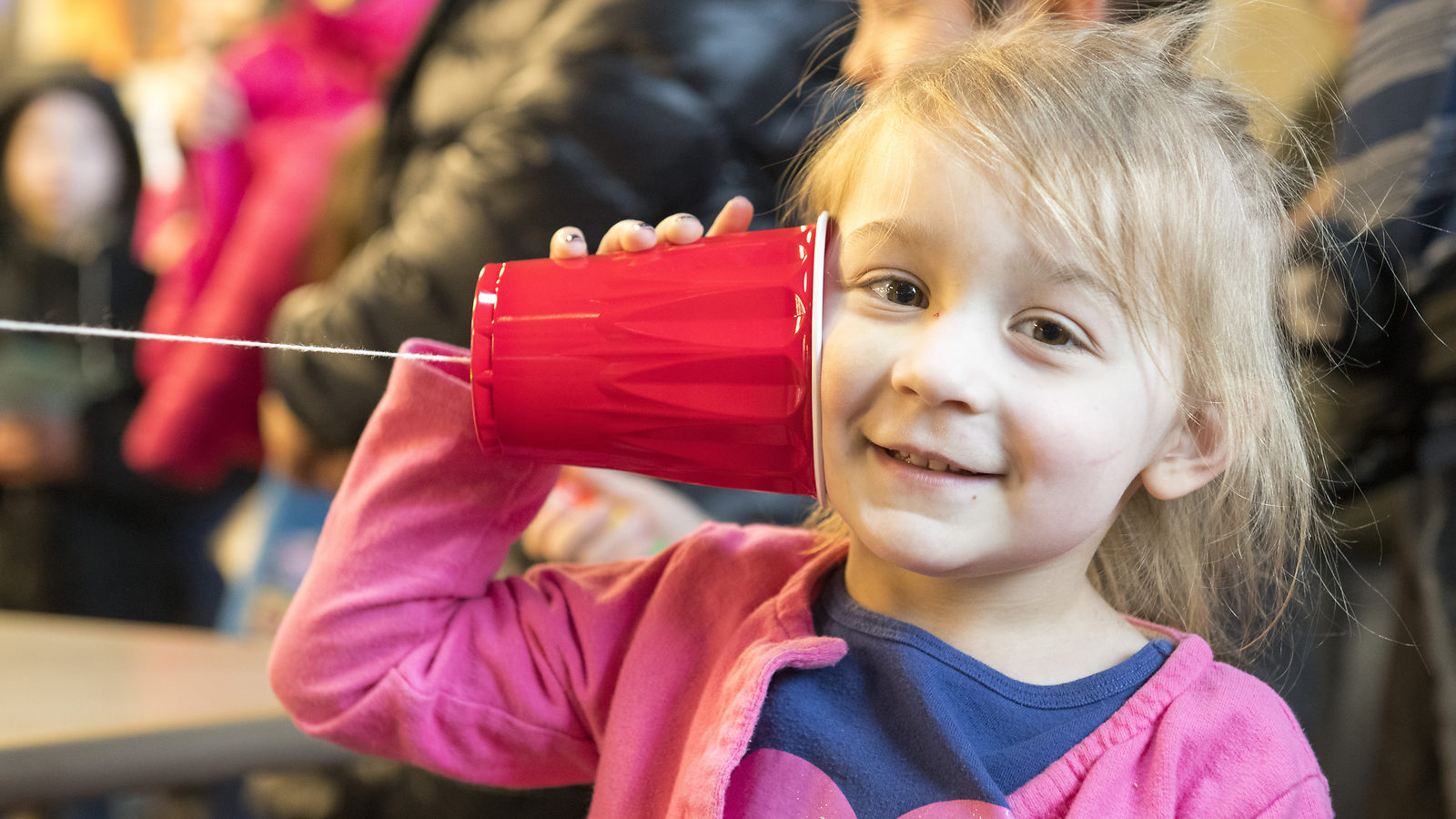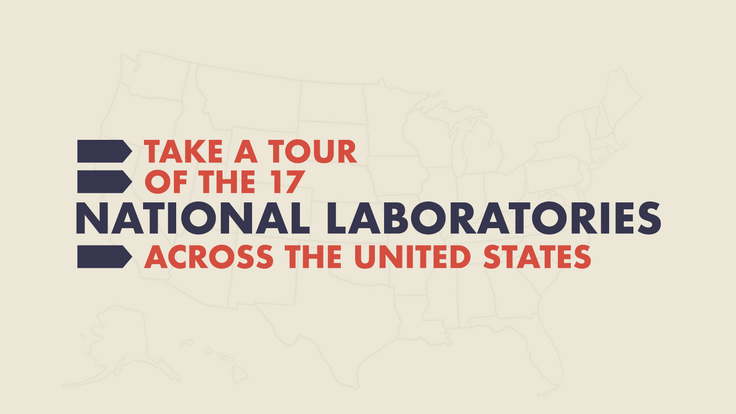Jason Heeris, a physicist and signal-processing engineer in southeastern Australia, went semiviral in mid-September 2019 for a tweet about how he had tried to bore his 3-year-old son to sleep with a lecture on the Standard Model of particle physics.
It didn’t work. And after that, Heeris tweeted, his son had demanded to hear the lecture every night.
Particle and nuclear physics aren’t in any standard school curriculum; physics, in fact, is often not taught at all below the middle-school level. But some educators and parents who have given it a try have found surprising—and cute!—success.
Heeris’ son, Eric, already loved lists of things. He had memorized every street between his home and his daycare, and all the train stations between the one closest to home and Central Station in Sydney.
But with the physics of tiny particles, it wasn't just memorization. He connected the concept of atoms to Heeris’ explanation of how substances dissolved in water. And when he heard that electricity was the flow of electrons, he exclaimed, “Those are the things on the outside of atoms!”
Heeris dismisses the idea that fundamental particles are too abstract for young children. “Almost everything is abstract to a kid,” he says. “Kids can learn that there are eight planets, and here are the names, but the planets aren't real to them.”
Even so, “they don’t have to actually touch the planets to be amazed at the solar system and look up at the night sky and think, ‘Ah, that's what they were talking about.’”
Alice Bean, a physics professor at the University of Kansas and member of the CMS experiment at CERN, is also impressed at how children think about concepts like space.
She says she once visited a young relative who had posters of the planets and the solar system all around her room. When Bean asked what her favorite planet was, the young girl said, “I don't know, I haven't been to them all yet.”
She wondered: If a kid could feel a connection to faraway planets, why couldn’t she get interested in the much more personal topic of the particles that make up everything around her?
“People told me: It’s because particles—you can't see them, you can't touch them,” she says. “But we’ve shown that kids as young as 5 know there are things out there you can’t see: They know what germs are.”
Studies on topics such as teaching science in grades K-12 and bringing university science students into elementary school classrooms have shown that early exposure to science-related or outdoor activities is an important factor in developing a positive view of science. “And if you looked at all the Nobel Prize winners, they all had some early activity in their childhood,” Bean says.
Bean grew up in Flagstaff, Arizona—near Lowell Observatory, where amateur astronomer Clyde Tombaugh first discovered the dwarf planet Pluto. She learned about the planets at a young age, but she didn’t hear about particle physics until she went to graduate school. Even then, she was taken aback at all of the unfamiliar terminology and language involved.
“That was one of my barriers to wanting to be in particle physics,” she says. “It had this weird language of all these particles, and I didn't know it.”
“So maybe just getting this language out there is the first step in how we teach particle physics.”
In 2006, with the help of collaborators at the University of Kansas Natural History Museum, Bean started an educational website called Quarked!. The website includes games such as “Meson Mania” and “Photon Invaders,” along with informational videos featuring fundamental particles as animated characters. The games and videos all focus on concepts in particle and nanoscale physics.
“I’ve watched a third grader play Baryon Blaster,” Bean says, referring to another Quarked! game. “And her father said, ‘Well, why don't you shoot this particle?’ And she says, ‘No, Dad, a lambda particle has a U, D and an S quark’ [otherwise known as an up, down and strange quark]. Most of our grad students don't know that!”
Karen Gibson, a particle physicist who did research at the US Department of Energy’s Fermi National Accelerator Laboratory, was comfortable talking with her kids about physics before preschool. But as she spoke with other parents, she realized that she was an outlier.
“I’ve been interested in outreach since I was at Fermilab,” she says, “and kids have a natural curiosity about the world in general.
“Building that literacy is where the future is. Kids are really the ones that will be the future taxpayers, who can maybe carry that message to their parents. They're more receptive than a lot of the older members of the public who don't see these concerns as important.”
In 2016, Gibson wrote an article in the magazine Physics Today about her experience bringing particle physics to young children and encouraging particle physicists to do the same.
Gibson has since noticed an influx of technology and engineering outreach at her children’s schools, activities like video game design and robotics. “Parents recognize that STEM is a big thing,” she says, “but there’s plenty of engineering and not much science. I think physicists really have this opportunity with all this STEM awareness to really get their message out.”
After her Physics Today article came out, commenters seemed split, with some readers enthusiastic about the idea and others critical, saying it was a "bad idea" to teach such a difficult topic to children of that age.
The responses to Heeris’ tweet, on the other hand, were overwhelmingly positive, with many parents sharing their own stories of their children being excited about concepts in science. One young boy asked for uranium for his birthday and emailed the Nuclear Regulatory Commission asking for a job at age 8. A good number of stories ended in the child going on to study science at the university level or pursue a science career.
One responder noted that physicist William Henry Bragg used to tell his sons bedtime stories about atoms and the chemical elements of the periodic table. Bragg and his son, William Lawrence Bragg, would in 1915 win the Nobel for their research in X-ray crystallography.
Another responder recommended caution in talking to children about at least one scientific topic: “Don't talk too [excitedly] about black holes to a 4-year-old at bedtime,” the parent wrote. “4 year-old trembling: ‘Nothing gets out? Ever?’ No sleep…”
Informing the child about Hawking radiation was apparently no help.







